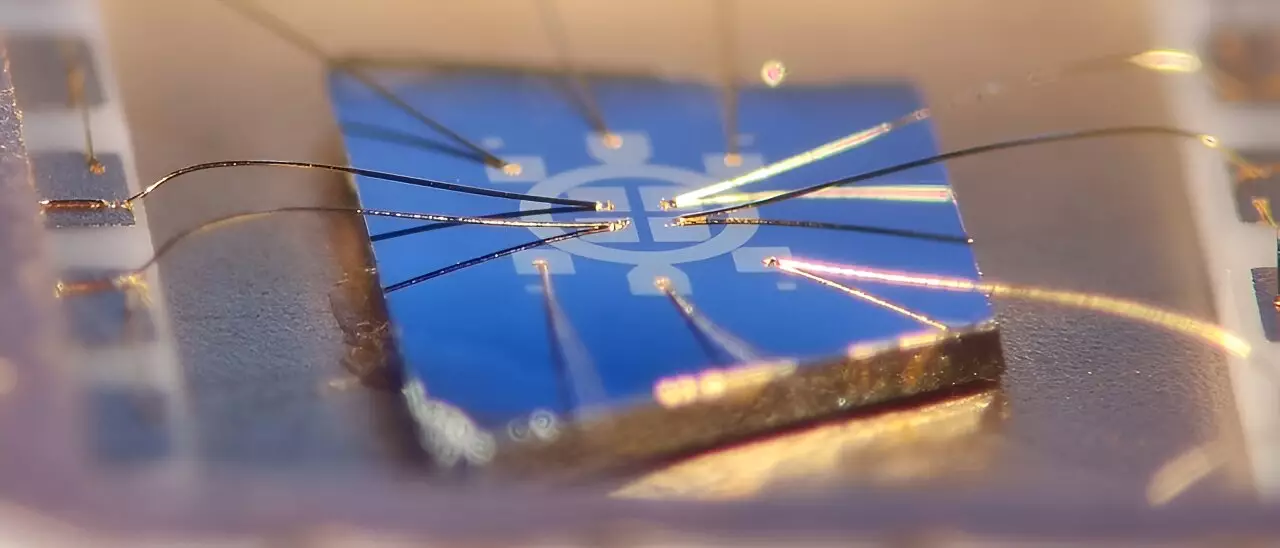Researchers at the University of Würzburg have made significant strides in improving the accuracy and performance of quantum resistance standards by leveraging a phenomenon known as the Quantum Anomalous Hall effect. This breakthrough method eliminates the need for an external magnetic field, thereby simplifying the process of resistance measurement in various industrial and electronic applications.
The Quantum Hall effect, a fundamental concept in quantum mechanics, hinges on the relationship between electrical resistance and magnetic fields. When a current flows through a conductor in the presence of a magnetic field, a Hall voltage is generated, leading to the Hall resistance. In thin layers and at higher magnetic field strengths, the resistance demonstrates discrete steps based on fundamental constants such as Planck’s constant and elementary charge.
One of the key challenges faced in implementing the Quantum Anomalous Hall effect for practical use has been the disruption caused by high currents due to electric fields. However, the researchers at the University of Würzburg have devised a novel solution to this issue using a multi-terminal Corbino device. By neutralizing the electric field with two separate currents, the resistance remains quantized even at higher currents, enhancing the robustness of the resistance standard based on the QAHE.
In a recent feasibility study, the researchers demonstrated that their new measurement method aligns with the precision levels achievable through basic DC techniques. The next step involves collaborating with the German National Metrology Institute (PTB) to further validate the efficacy and accuracy of this method using advanced metrological tools. Professor Charles Gould emphasizes that this innovative approach is not limited to the QAHE, hinting at broader implications and applications in the field of metrology and quantum research.
The development of a method that enhances the performance of quantum resistance standards without relying on an external magnetic field represents a significant advancement in the realm of precision measurement. By leveraging the Quantum Anomalous Hall effect and addressing existing challenges with creative solutions, the researchers at the University of Würzburg have opened up new possibilities for improving the accuracy and reliability of resistance measurements in various industries. As this research progresses, it holds the potential to impact not only metrology but also the broader field of quantum physics and its practical applications.


Leave a Reply